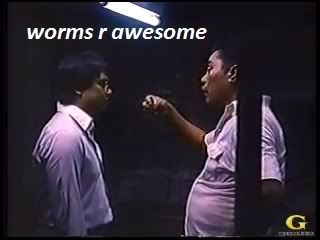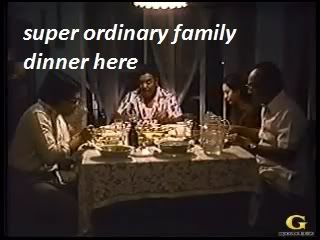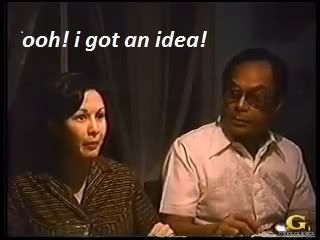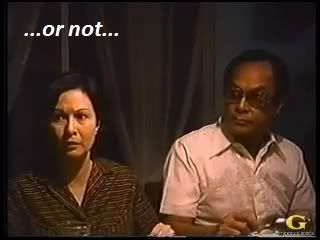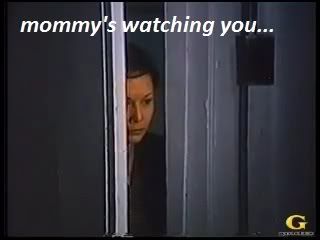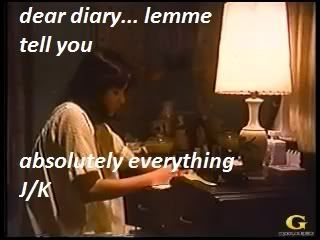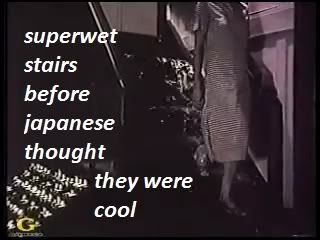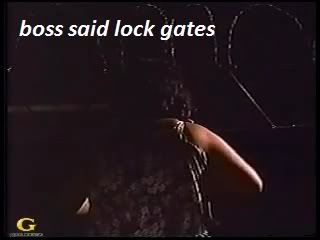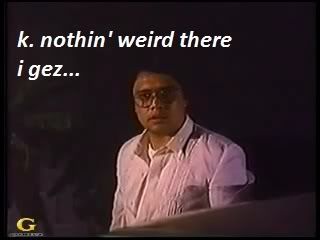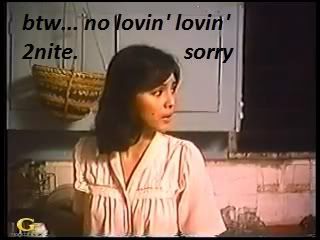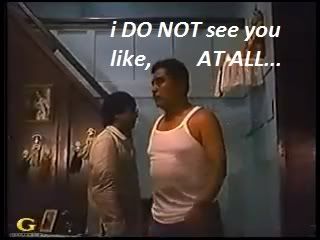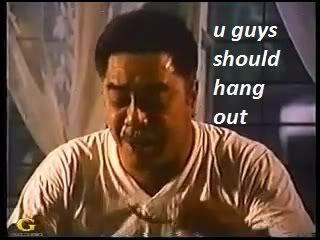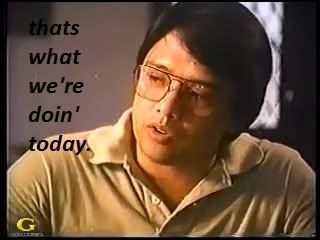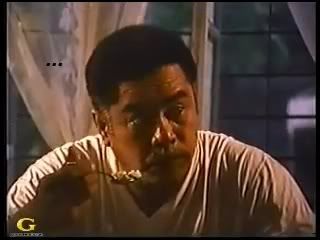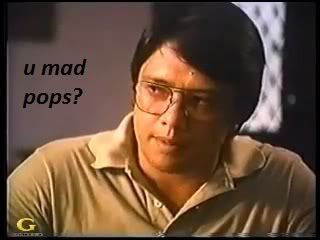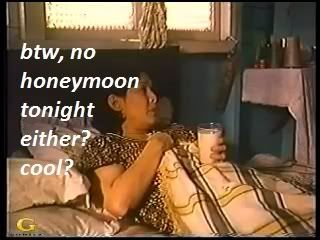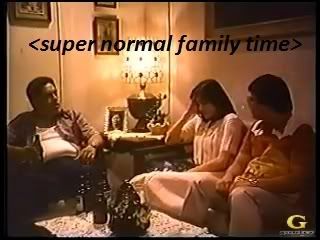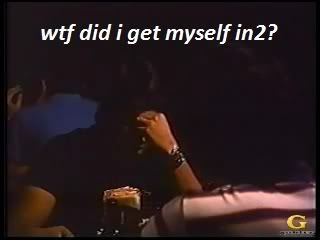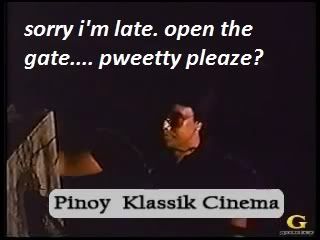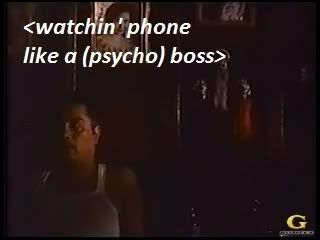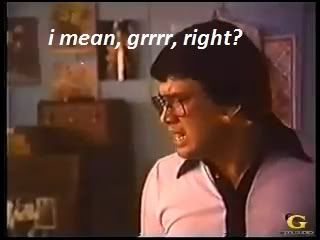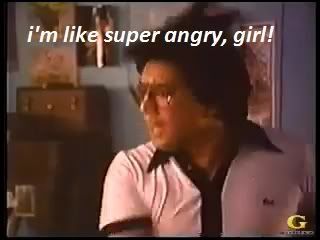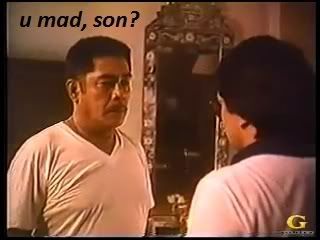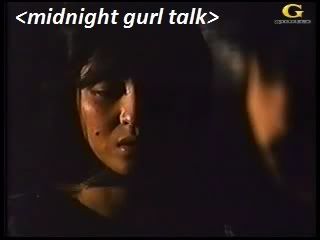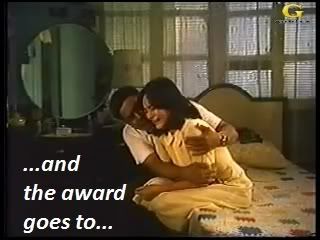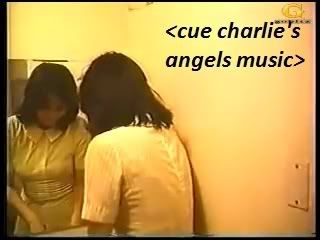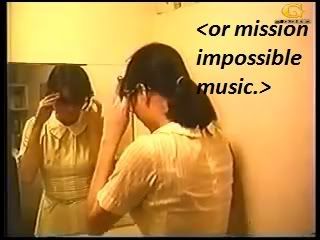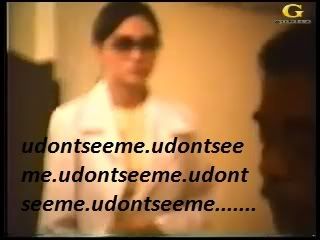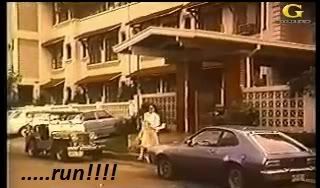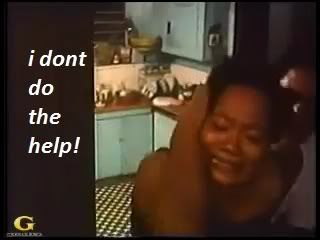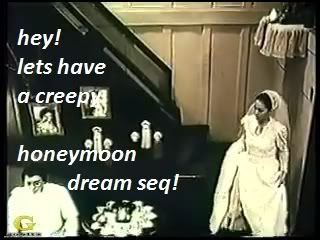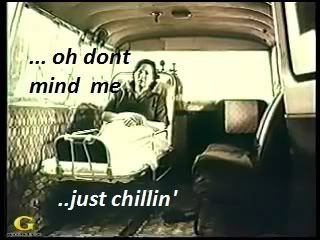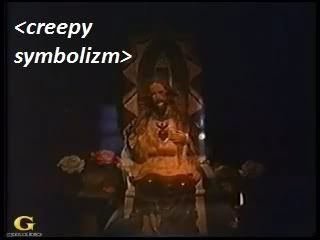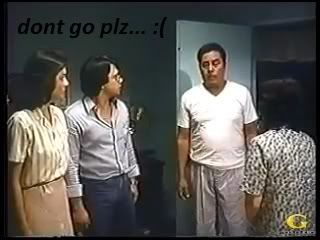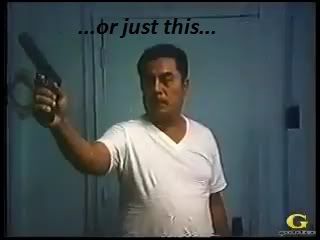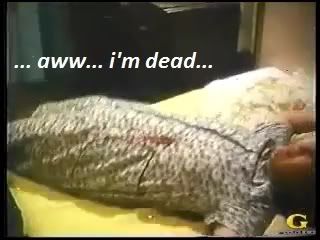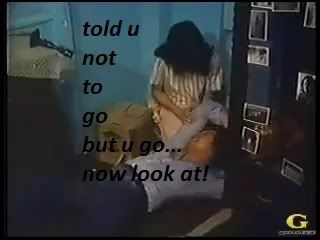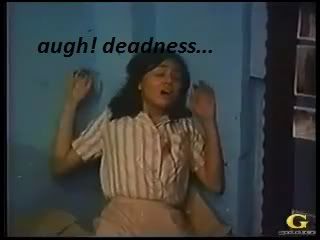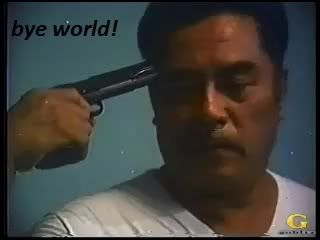Let Me In is the 2010 English-language adaptation of the book Låt den rätte komma in. It is the second adaptation of the book and is often mistaken for a direct remake of the first Swedish adaptation, with the international title Let The Right One In.
The film set in Los Alamos, is about a friendship that develops for Owen, a lonesome young boy- a bully magnet, living with his divorcee mother and often left to be by his lonesome. This friendship is with an odd new neighbour, Abby, who claims she is not a girl, is often barefoot and even more alone than Owen appears to be. When a mysterious series of killings begin to happen in Los Alamos, Owen slowly realizes who Abby really is, and why she is as odd as she seems.
Spoilers below.

Since both Låt den rätte komma in films originate straight from the source, perhaps it will be interesting to compare the two. The Swedish and English versions stay as close to the original films as possible, but at the same time latch on to cultural meanings where each belongs. The Swedish version appears contemporary, while the English version recalls the 80’s, even constantly reminding you of it through advertisement, product placement, musical cues and the like. The lighting also differs, as well as the overall behaviour of the characters surrounding the two protagonists.

Home Alone
The family orientations of the two characters are also slightly different in the two films and play off a bit differently. In the Swedish version, Hakan (Father), the guardian remains the guardian, with any clues to a backstory left unshown- thus the concept of Hakan being a pedophile that Eli (Abby) took to be her protector and consort was left undiscussed. In the English version, this is radically changed. It is revealed that ‘Father’ (Hakan) is actually a boy who loved Abby (Eli)from years back, and such a pure bond was developed. In the Swedish version, Oskar (Owen) was a product of a broken home, living in two houses. In the Englsih version, the issue of separation was even more painful and served to highlight Owen’s (Oskar) aloneness. In fact, viewers never seeing Owen’s mom’s face and only ever hearing his dad’s voice lends so much weight to the idea that Owen is a deeply solitary young man who is deathly disconnected. Even the adults around him don’t interact with him or are rarely shown to the audience, unlike their fleshed-out versions in the Swedish film. The rest of the characters: the parents, neighbors, especially, serve only to frame Owen’s singularity.
Ambience
While the Swedish version went for a well-lit environment in almost all scenes, which to my eyes signifies the sight of a child, the English version went for a more contemporary approach to American Horror lighting. I enjoyed the change as it volleyed Abby (Eli) and Father’s characters back and forth from being a pure relationship to a duo which each their own brands of carnage. Even Father was given a more serial killer vibe (as per Richard Jenkins, the actor’s, idea) with a plastic bag over his head and a creepy new M.O. that involves cars. The locations in the two films are almost similar, but the lack of interaction between the audience and any adult makes for a better frame for Owen as well.
Is she or is he?
Another thing that intrigued me is the concept of androgenousness that appeared to be missing in Let Me In. The first time I watched the Swedish version I actually DID NOT know whether Eli (Abby) was male or female. Her words suggested she wasn’t but her clothing WAS sort of girly. But the actress herself looked androgenous enough to warrant me questioning the gender the whole time. Of course when she flashed her ‘parts’, it cemented in my mind that she was female. In the English version, Abby was obviously female from the very beginning. I mean, hello, her name was Abby! Her lines wherein she suggests otherwise all seem to sound like she’s referencing not being human at all. Of course later I learned that Lindqvist, the author actually had the title changed from Let Her In to let Me In because of the gender issue, but no dice- Abby gives you no reason to think she is male. When I learned that the book version of Eli had been castrated and the ‘parts’ scene showed not female genitalia but a sewn up area- THAT’S when it became clear to me that the Swedish Eli was a castrated boy, while Abby was definitely a girl. Barring all issues of sexuality of course, factoring in the naked bed scene, and several other concepts, I believe that the film is talking about pure, unadulterated and even asexualized love. Something kids know more about than any good adult.

Eli and Oskar VS Abby and Owen. This comparison shot from awesome shot-by-shot review at Fear.Net
Let Me In added a couple more layers to the lore. The police officer, who had not been in the Swedish film was a very good replacement for the vampire victim’s husband, as he provided a constant threat throughout the film, but at the same time he offered a tiny glimmer of hope for fans that may have wanted an opt-out option for Owen, from the life he was leading. The police officer symbolized a very detached, very lonesome symbol of goodness for an otherwise ambiguous setting. His death at the hands of Abby signified the necessary annihilation of goodness in order for the amorally pure love story to flourish. As for the Father’s transformation into a past form of Owen, it added a reverberating new layer to the story, that might’ve been missed out on by those who’ve seen the Swedish film- was Owen to be the next father?
Not everything was an addition however. Something I missed in the English version is how Eli (Abby) emphasized how she/he had to kill in order to survive, and that Oskar (Owen) had no reason whatsoever to do so. In the English version Owen (Oskar) stands still, frightened while Abby (Eli) jumped the police officer who had discovered her. However in the Swedish version Eli (Abby) jumped his/her assailant (this time the husband of the vampire victim) after he/she’d seen Oskar pull out a knife, seemingly keeping him from killing the man. The lack of Abby (Eli)’s stance against murder, at least when living through Owen (Oskar) may lend more credence to the idea that she could eventually have him do his killings for her, something I doubt Eli would ever do.
Both films are superb and deserve multiple viewings. I myself am very curious to dive more into the lore by reading the book. It’s certainly a more interesting take on vampires and serial killers than we’ve been exposed to of late. Til the next review!

